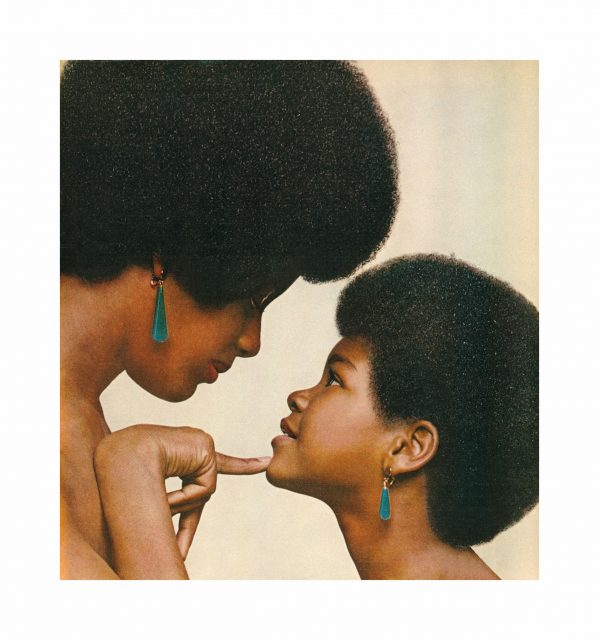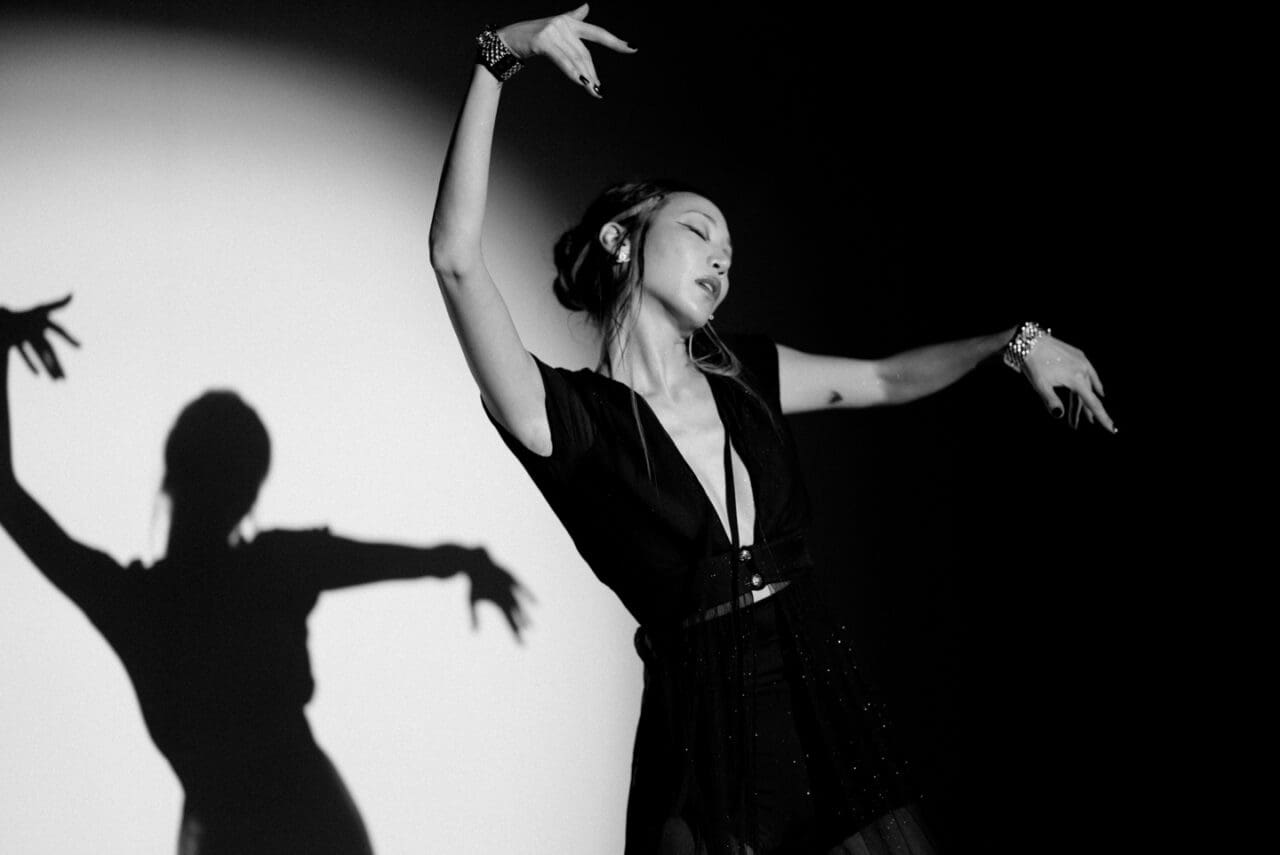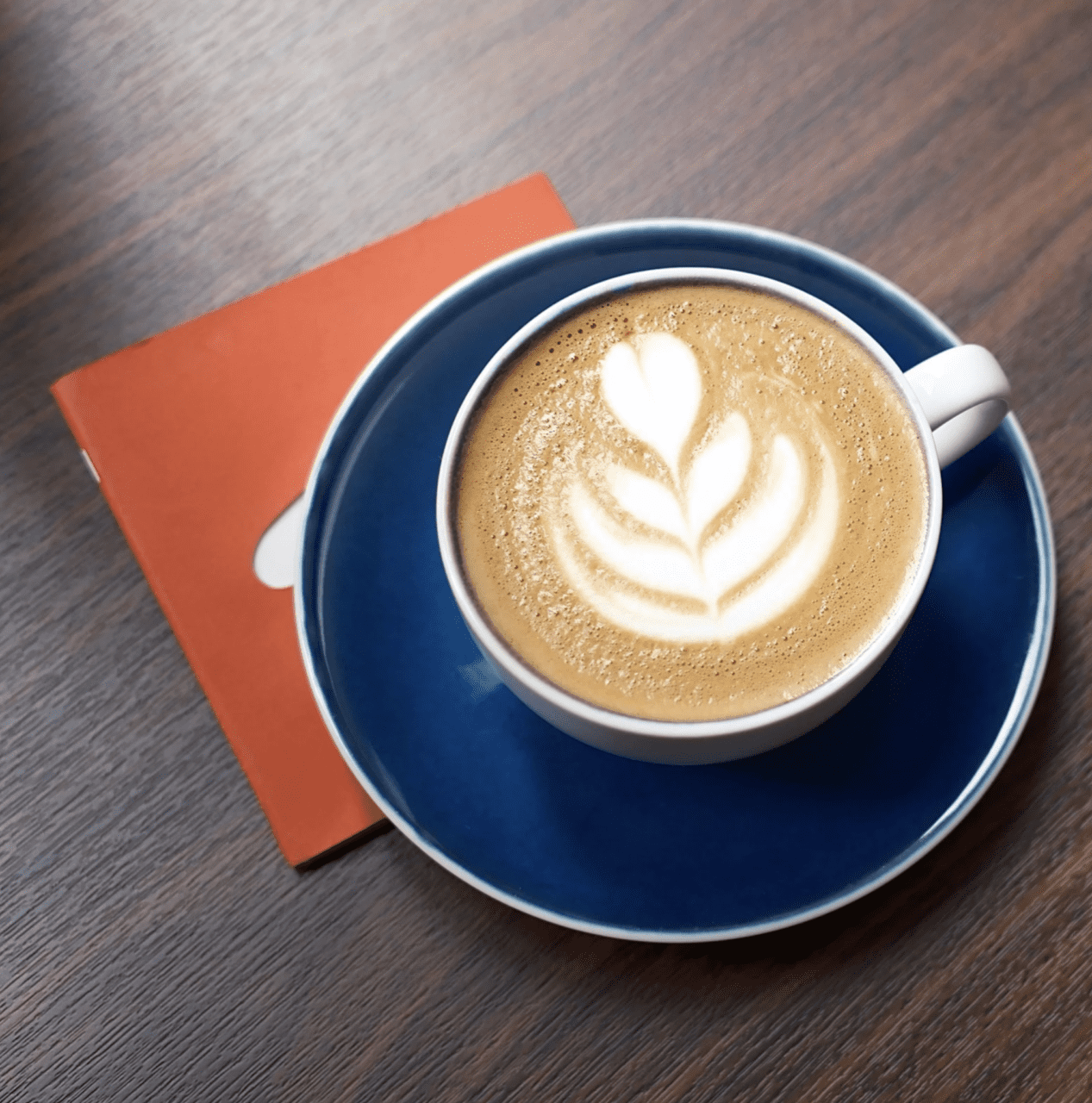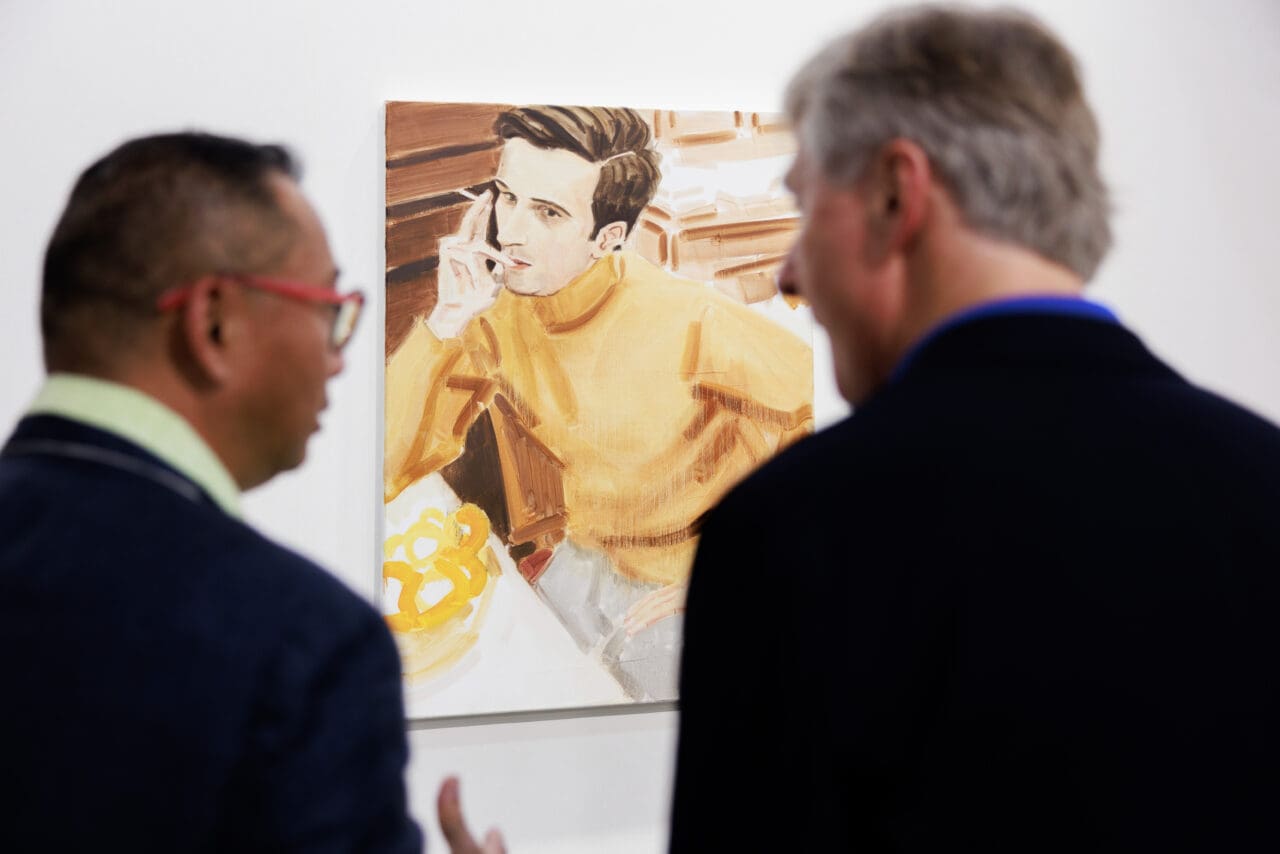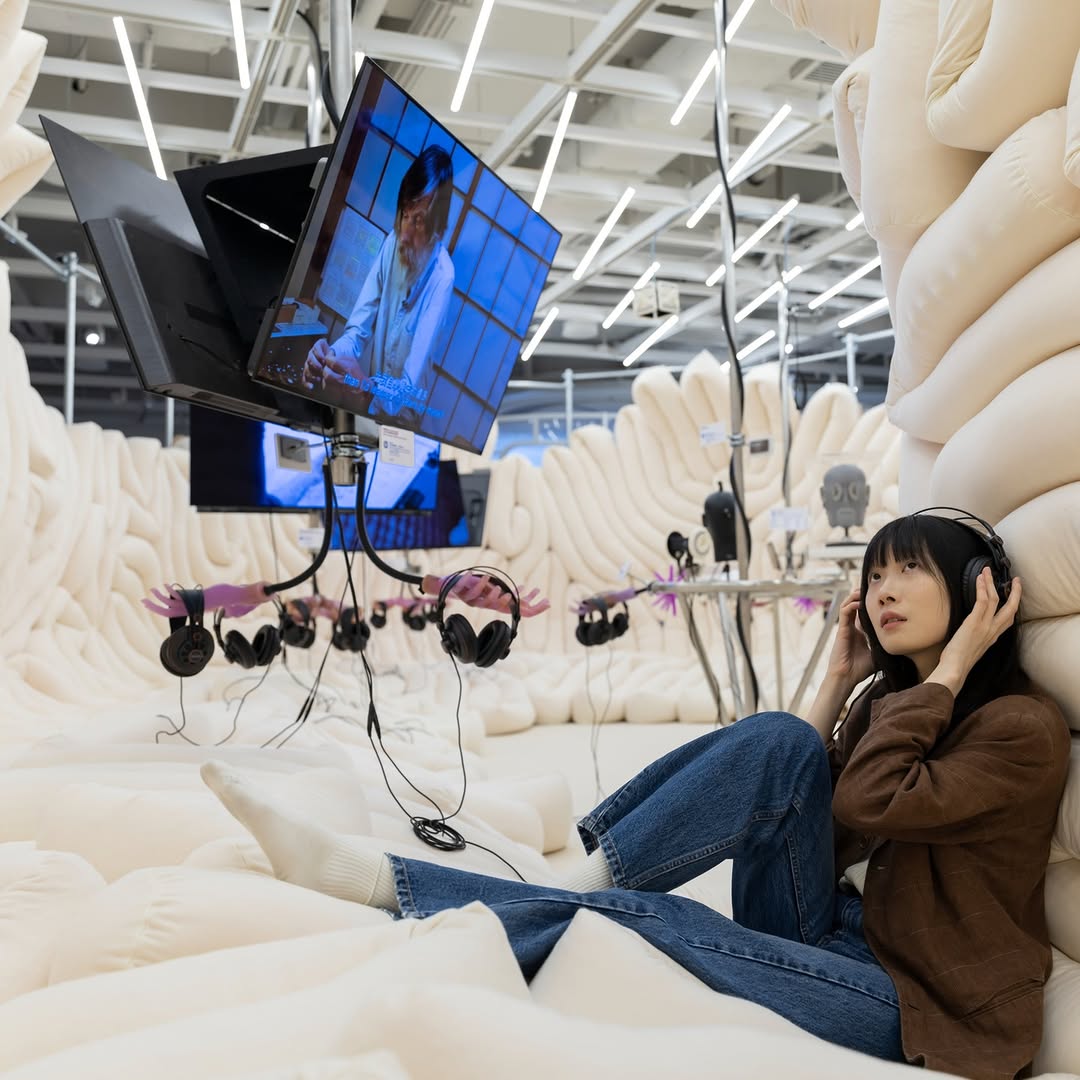Aliza Nisenbaum
Mexican-Jewish Artist Aliza Nisenbaum paints people from life — a traditional and intimate process that began in 2012 in Queens, while she was teaching English at Immigrant Movement International, a community centre that was founded by Tania Bruguera who is a Cuban artist and activist. For Art Basel’s Online Viewing Room, Nisenbaum’s painting ‘Tumbao de Omambo,’ feature a woman called Nina, reclining on a daybed in the classical form of the odalisque, but reclaiming the male gaze and giving her model a lively rather than passive look of self-determination.
Ja’Tovia Gary
Texas-born, Brooklyn-based artist and filmmaker Ja’Tovia Gary’s work intends to free the distorted histories through which black lives are viewed, while presenting a nuanced and multivalent black interiority. Her work is a study of black womanhood, the repercussions of trauma throughout generations, and institutionalised violence. In Citational Ethic, she quotes the writer and scholar Saidiya Hartman, the author of Scenes of Subjection: Terror, Slavery, and Self-making in Nineteenth Century America, who wrote ‘care is the antidote to violence.’ With an outline of outstretched palms, the work makes direct reference to neon church signs.
Tschabala Self
Tschabalala Self is an American artist, born in Harlem, best known for her large, layered collaged canvases that depict black female figures using paint, fabric, and discarded pieces of her previous works. Her paintings, prints, sculptures, and animations explore attitudes towards the gendered and racialised body, by using exaggerated shapes, pieced together with sewing and printing, referencing craft and artistic traditions.
Sarah Lucas
One of the pioneering figures associated with the Young British Artists that emerged in the early 1990s, Sarah Lucas’ bawdy humour is found throughout her photography, sculptures and collages. She uses found objects such as furniture, food, tabloid newspapers, tights, toilets and cigarettes to satirise British culture, sexuality and gender stereotypes. Her 2019 sculpture Cross Doris, made from concrete, bronze, steel, iron and acrylic paint, places the body at the centre — faceless females seated on masculine office chairs.
Paola Pivi
Contemporary Italian multimedia artist Paola Pivi usually lives and works in Anchorage, Alaska, and is best known for her feathered-covered polar bear sculptures, displayed in playful positions that she says were inspired by Marcel Duchamp’s readymades. For her piece I am a professional bear from 2017, she worked with a real taxidermist, who knows the real bodies of the polar bears for the sculptures, which she has since learnt are very similar, in terms of dimensions, to humans. Representing symbols of love and comfort, as well as their emotional intelligence, the series of bears seems to draw links between the two.
Lucia Laguna
One of the most renowned artists in Brazil, Lucia Laguna has only been painting for the past two decades but her mixed style of abstraction and figurative elements with geometric planes has garnered her success. She’s inspired by the daily landscapes found in her home of Rio de Janeiro, capturing the countries huge diversity of plants and flowers, luscious vegetation, and tropical atmosphere in luminous colours and shades of green — painting mostly from direct observation. This image is Paisagem n. 122, which she painted this year and intends to make its viewers reflect on pressing matters intensified by the current situation.
Maria Nepomuceno
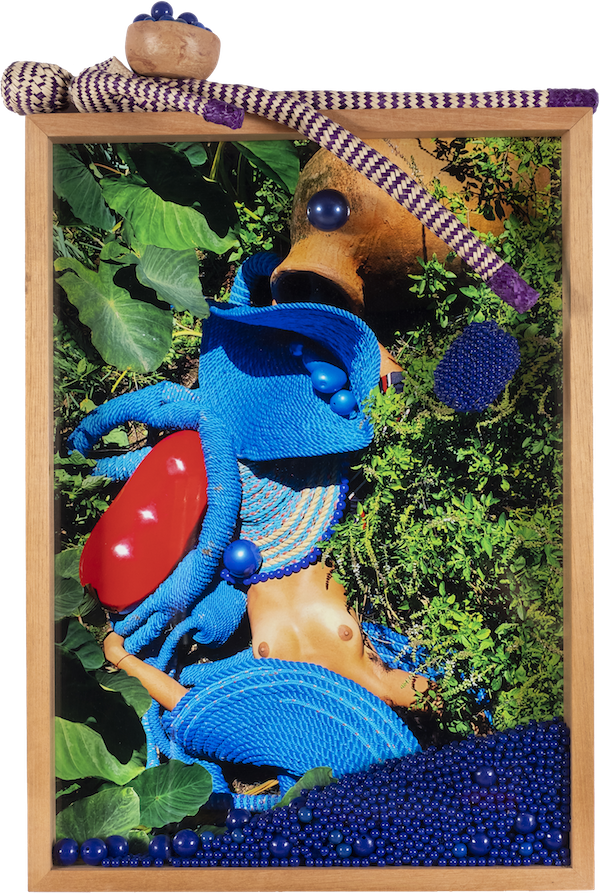
As minas 3 by Maria Nepomuceno, 2020
Photo: Copyright of Maria Nepomuceno. Courtesy of A Gentil Carioca
Inspired by Brazilian craft traditions, such as classical methods of rope weaving and straw braiding, Rio de Janeiro-based artist Maria Nepomuceno develops images from coloured ropes that combine traditional technique and her own designs. As Minas is a bold and bright series of work, consisting of three wooden and acrylic boxes, and combines different elements in the style of a collage, with everything from rope work and beading to photography and painting. The series was created during lockdown and aims to explore the idea of inner development, expanding the mind and female issues experienced during the pandemic.
Art Basel’s Online Viewing Rooms run from 19 to 26 June 2020; artbasel.com/viewing-rooms
